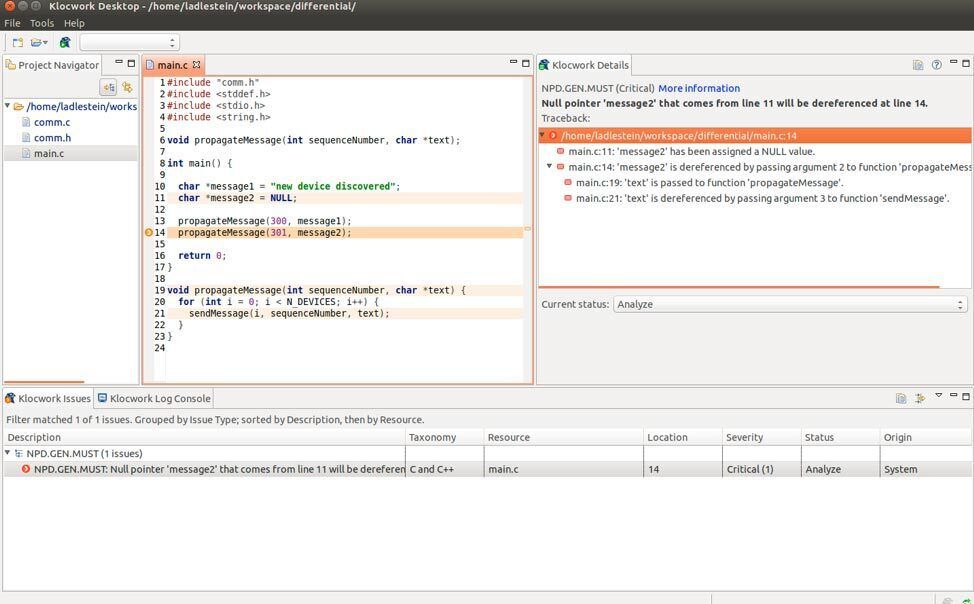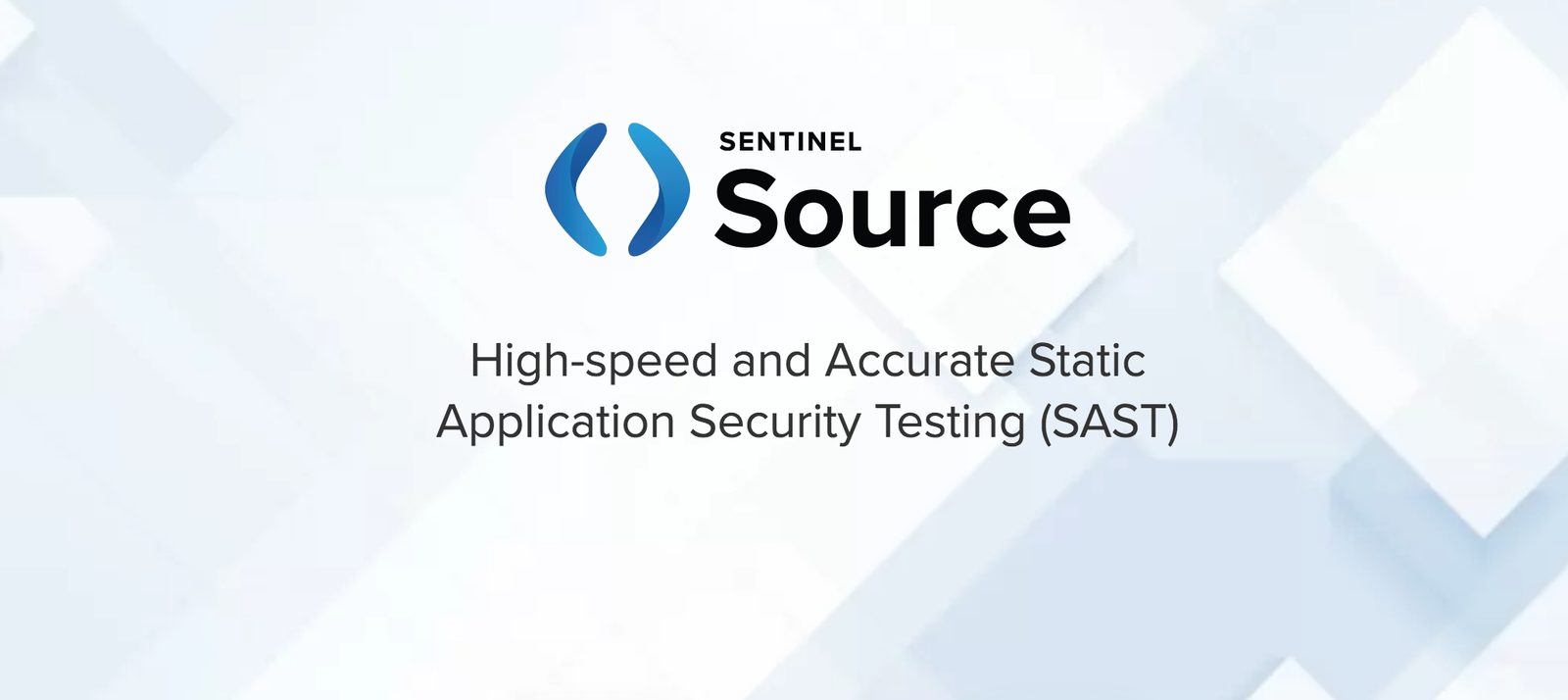Top SAST Solutions You Should Know
Setting up Static Application Security Testing (SAST) tools is time-consuming. Thankfully, some solutions already exist. Let's look at the top 6 SAST solutions.
Join the DZone community and get the full member experience.
Join For FreeSAST, short for Static Application Security Testing, is a code analysis testing process for discovering security vulnerabilities within applications. It is also known as white-box testing because it depends on the internal structure of the application. Mostly, it scans for vulnerabilities before the application is run.
There are many reasons why you would need SAST solutions for your applications. Security vulnerabilities can result in great reck for an organization. Attackers use this flaw in applications to attack the users, the administrators, and everyone connected to such applications.
With SAST tools, you can detect security gaps in your application before they are used by the public. Since these tools depend on the internal structure of the application, it brings confidence that your application is safe.
Setting up SAST tools can be time-consuming (compared to Black box testing tools). Thankfully, some solutions already exist. We’ll look at the top 6 SAST solutions in the next section.
1. Klocwork
Klocwork is a SAST solution for C, C++, C#, and Java codebase. It identifies security-related issues. It also ensures software quality and reliability by enforcing security standards (e.g. OWASP), safety standards, and quality standards on your application. Added to this, you can also customize a standard which will also be applied to your application.

Klocwork can be used for small applications to big, enterprise applications. It also scales efficiently as your application grows. It allows collaborations, gives reports of quality over time, and can also be integrated into CI/CD pipelines so that on every merge, push or commit, you can quickly discover and resolve security issues.
2. Veracode
Veracode has a SAST solution that can be integrated into IDEs and CI/CD pipelines. It provides fast, automated, and real-time security feedback (for instance, on the IDE) on vulnerabilities discovered and the solutions for them (code examples, or links to their app security tutorials). When integrated into pipIt conducts a full policy scan before deployment of applications.

Veracode also provides fast results in pipelines. It runs run on every build and provides security feedback on the code at a team level. It also has the ability to break the build (and the deployment of an updated application) if new security issues are found.
3. HCL AppScan
AppScan can be integrated directly into the software development lifecycle to identify security vulnerabilities on applications, understand their origin and effects, and then helps to resolve them. It can be used for mobile, open-source, web security testing. The tool is flexible and has scaling options as the application grows.

AppScan uses machine learning to quickly identify critical security vulnerabilities and the best solutions for them. This helps to prevent costly fixes when the vulnerability may have grown worse.
It can also be integrated into IDEs and the build process (such as CI/CDS) of the application’s source code.
4. Sentinel
Sentinel supports many popular languages and frameworks. It can be integrated into CI/CD systems and it continuously scans for vulnerabilities (using machine learning for accuracy) while the application is being built and while it is deployed. With Sentinel, users can discover security issues on time, and the tool also provides solutions to the issues.

With Sentinel, you can quickly resolve security vulnerabilities based on Common Vulnerabilities and Exposures (CVEs), out-of-date versions, and license risks found in external libraries and components used in your application.
5. Checkmarx
Checkmarx supports over 25 programming languages and frameworks and no configurations are required for the scanning process. It can be used by security teams, development teams, and most especially, DevOps teams to scan source code and identify vulnerabilities. Checkmarx can be used to identify hundreds of security vulnerabilities. Additionally, it provides solutions to the vulnerabilities discovered.

Checkmarx can also be integrated into IDEs, servers, and CI/CD pipelines. When integrated, it can detect security vulnerabilities from uncompiled code and compiled code.
Checkmarx also scales easily as the application grows, making it easier for the team to focus on other parts of the application with security in check.
6. SonarQube
With SonarQube integrated into your IDE, it provides security feedbacks as you work on the source code of your application. This feedbacks would contain detailed information on any vulnerability discovered.

It helps to fix security issues early in the development process to avoid the cost of the issues getting worse.
Also, with the reports generated by the tool, everyone in your team is aware of the quality of the application as they continue to work on them.
Conclusion
With SAST solutions, the development of applications becomes faster and applications become more reliable. In this article, we looked at what Static Application Security Testing is, the comparison between white box testing and black testing, and 6 SAST solutions for your applications.
Opinions expressed by DZone contributors are their own.

Comments